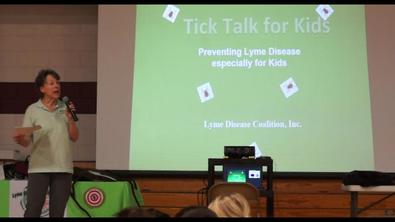This website uses marketing and tracking technologies. Opting out of this will opt you out of all cookies, except for those needed to run the website. Note that some products may not work as well without tracking cookies.
Opt Out of Cookies|
11/20/2019
More can and should be done to reduce the prevalence of Lyme disease and related conditions.
|
AuthorColleen Schake Archives
November 2019
Categories |





 RSS Feed
RSS Feed
